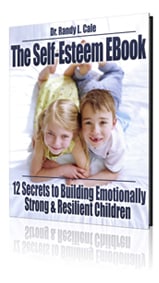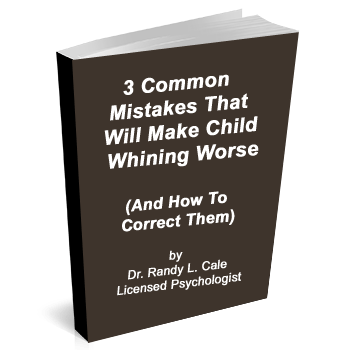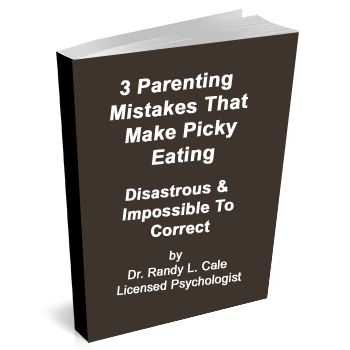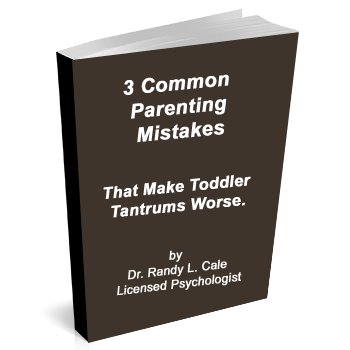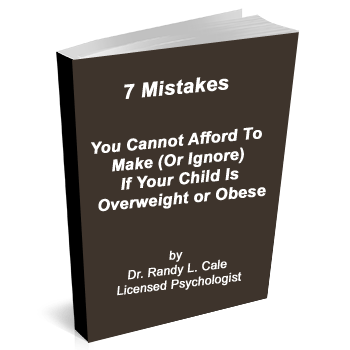When faced with child emotional or behavioral struggles, we are usually left to consider one of two options. Typically, option one is given much more attention, where the focus is on fixing the child. Either with medication, counseling, or repeated discussions with the child, we try to get a change from within the child. We view it as a problem in the biochemistry of the child, or a problem for the child to figure out. In part one of this series, I covered these options in some detail.
In this article, we will consider the advantages of a family systems approach to addressing child behavioral and emotional issues.
Fixing the System: The Power of Environment and Family Influences
In this approach, there is a shift in focus on the cause of the child’s problems. In no way are the issues ignored or minimized. However, the initial emphasis is upon the multitude of factors that shape a child’s emotions and behavior.
When parents seek help, they often end up frustrated with the fix-the-child approach. Counseling, even if extensive, often fails if the system is not supporting healthy behavior. The impact of medication is questionable for many types of child behavioral or emotional issues and leaves the child and the parents more confused. By the time they reach out to me, they are often feeling powerless and overwhelmed.
There is a good reason why the fix-the-child approach can fail. There is a multitude of environmental and family influences that either positively or negatively shape the biology and behavior of your child. When combined, the factors create profound shifts in a child’s capacity to function well. Thus, it is frequently a much more effective treatment model to address these factors first and observe as the child returns to normal levels of functioning without a formal diagnosis or becoming the ‘focus’ of treatment.
What Can You Change Within Your Family System?
In this brief article, we can only touch upon the various aspects of the family system and environment that you can change. Notice, however, while you are often powerless to directly change your child’s emotional or behavioral state, you are completely capable of changing/modifying the items below.
Daily routines: Often, I find anxious children living in homes with anxious parents, hectic routines and constant change, and a lack of easeful predictably. A shift in how the home is managed often profoundly impacts the child.
Sleep patterns: Many teens are sleep deprived, and this is well documented. Equally well documented is the impact of sleep deprivation on mood, motivation, depression, and anxiety.
Eating habits: Despite the overwhelming body of research that supports the unhealthy impact of simple carbohydrates on the body and the mind, many children live on these. This contributes to obesity (at an all-time high) while almost inevitably impacts a child’s life adversely.
Screen Time: The more screen time, the more problems emerge. This should be common sense. Screen time holds no value in teaching children to attend to important social cues critical to building relationships or to value human interaction. It often entrains the brain to be lazy and supports more and more reliance on rapid changes in the environment to sustain attention. The enhances symptoms of distractibility over time, despite the child’s strong desire to participate. This is only the tip of the iceberg for this discussion, but please understand that many changes here can affect your child’s well-being.
Exercise: Children who exercise benefit in a myriad of ways, and those that don’t often suffer. This is not just about the obvious physical benefits, but research is clearly showing that exercise helps with attention, focus, reducing impulsivity, and perhaps even memory.
Parenting Systems: Every aspect of a child’s functioning is profoundly impacted by parenting choices. How often, and when, does your child get attention? Have you fallen into patterns of repeatedly nagging, reminding, and prodding your child? Who do you find is working harder for their happiness, their homework, their friendships? How much structure do you have in place? What are your language patterns at home? In short, if your child is struggling, it is essential to carefully examine your parenting approach if you seek a change in your child’s behavior or emotion.
How Does It All Add Up?
Ultimately, if you were living your child’s life, would you imagine finding those daily habit patterns inspiring and satisfying, or are they depressing and unfulfilling? Spending hours on video games may be something a teenager wants, but it tends to be addictive and adds to anger and agitation. In today’s world, most sedentary children are spending time in front of a screen, and this is a real problem. Most are eating poorly, and this is also a real problem. Many live a rather hectic life, with routines that are in flux. Many parents in these hectic lives are frustrated, yelling and losing their cool repeatedly with their children. All of these contributions and can cause a variety of psychological and emotional issues in children, either directly or indirectly.
When we approach a child’s struggles through the eyes of the system, we focus first on these factors that often impact the child’s functioning. There are often multiple factors to change, and almost always there is the need to adjust the parenting system. However, if you read this, and feel a bit overwhelmed, please remind yourself of one critical point: You eat the elephant one bite at a time! In other words, you can’t do it all at once, and nor should you try. But you can tackle one piece at a time, and then add another…then another.
What About the Interplay of the Child and the System? Inevitably, there is a place for addressing both the system and the child. In next week’s article, we will cover how these two models come together and can maximize the power to improve a child’s functioning.






